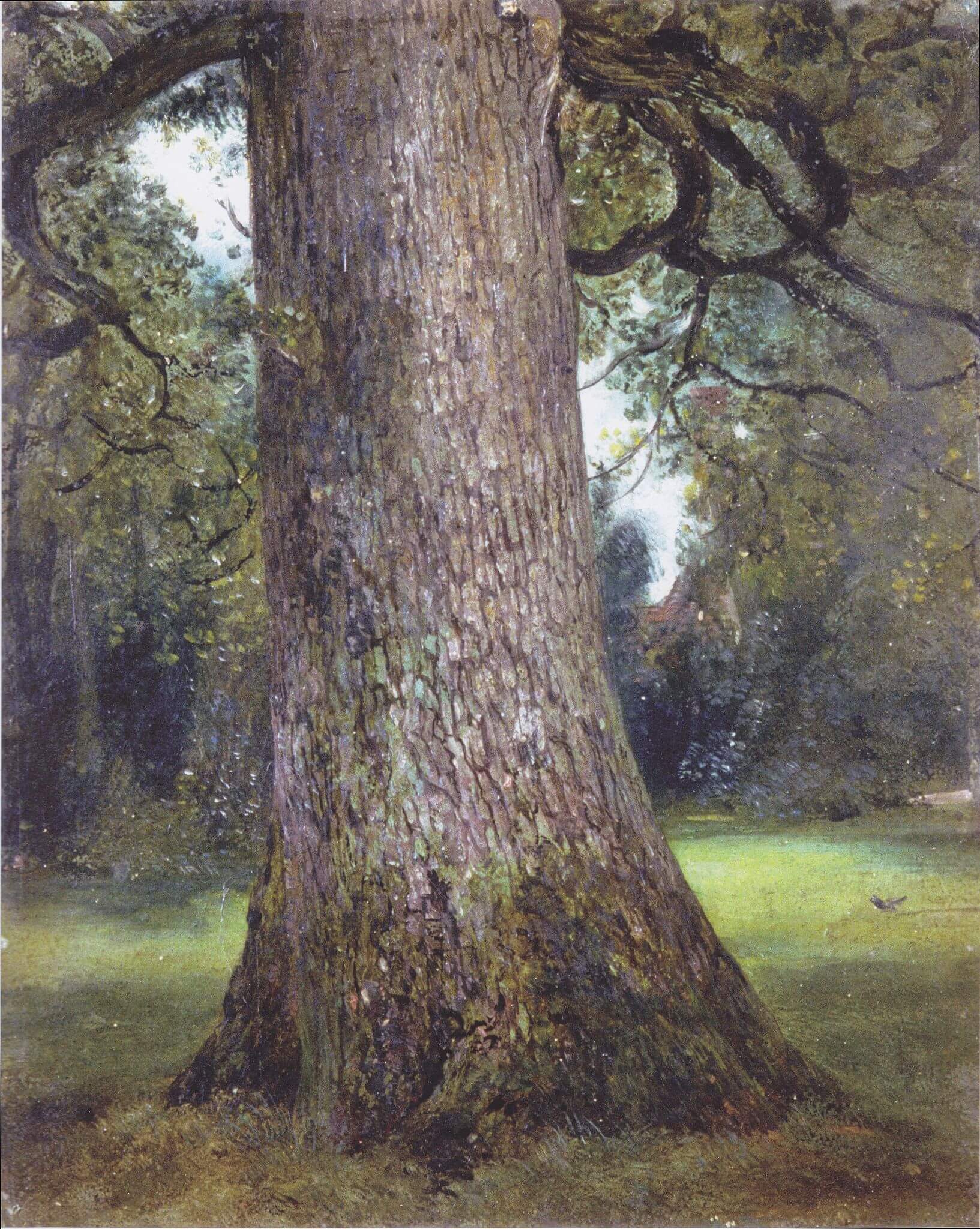Mindful
Diamond Member
- Banned
- #1
In 1821, the 45-year-old English painter John Constable went out on to Hampstead Heath and did something very loving. He set up his easel and looked closely at an elm tree. He observed the weathering across its bark, the lichen around its base, the moss clinging to its roots; he looked at the water stains that ran down its sides, its canopy of toothed celadon-green leaves and its purple-black buds. He spent around forty hours over a few weeks lavishing attention on an object to which most of us have never accorded more than a minute. Commenting on this capacity after his death, Constable’s friend and biographer, C.R. Leslie, remarked: ‘I have seen him admire a fine tree with an ecstasy of delight like that with which he would catch up a beautiful child in his arms’.

 www.theschooloflife.com
www.theschooloflife.com

The Eyes of Love - The School Of Life
Read our article - The Eyes of Love. The School Of Life has a huge collection of interesting articles, read now.
